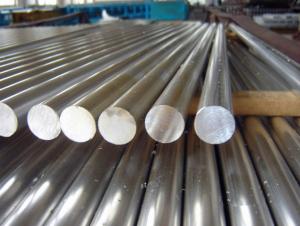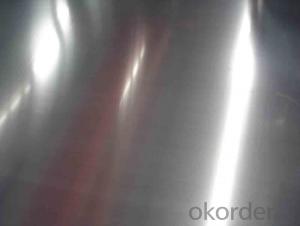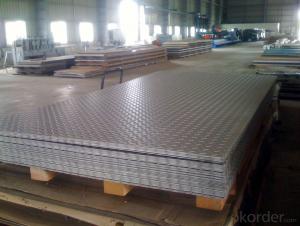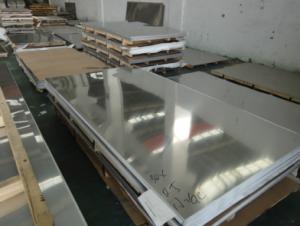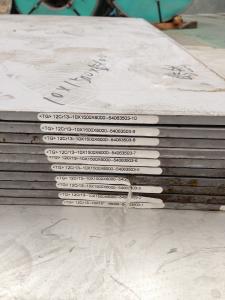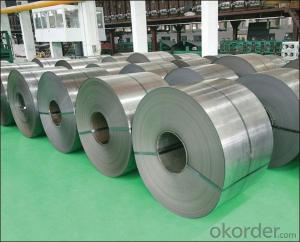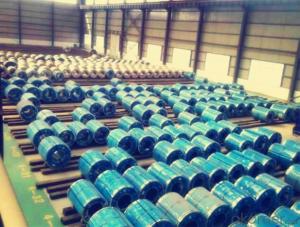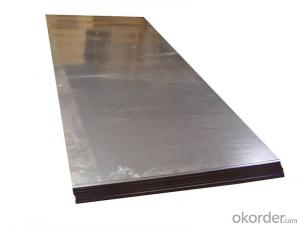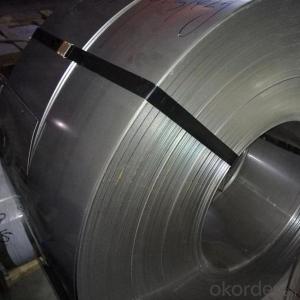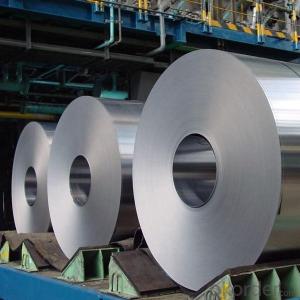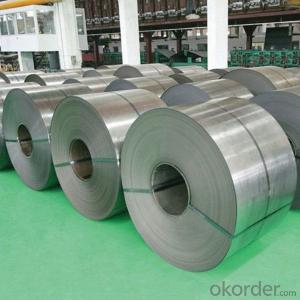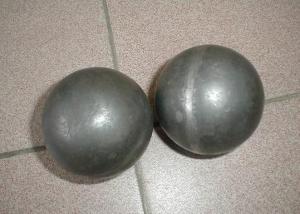All Categories
- - Steel Wire Rod
- - Steel Coils
- - Steel Profiles
- - Steel Pipes
- - Stainless Steel
- - Tinplate
- - Special Steel
- - Steel Sheets
- - Steel Rebars
- - Steel Strips
- - Hot Rolled Steel
- - Cold Rolled Steel
- - Pre-painted Steel
- - Seamless Steel Pipe
- - Welded Steel Pipe
- - Hollow Steel Tubes
- - Galvanized Pipe
- - Stainless Steel Coil
- - Stainless Steel Sheet
- - Stainless Steel Plate
- - Stainless Steel Strips
- - Electrolytic Tinplate Coil
- - Electrolytic Tinplate Sheet
- - Stainless Steel Rebars
- - Solar Panels
- - Solar Water Heater
- - Solar Related Products
- - Solar Inverter
- - Solar Cells
- - Solar Light
- - Solar Energy Systems
- - Solar Controllers
- - Solar Mounting System
- - Solar Pump
- - Solar Chargers
- - Fiberglass Chopped Strand
- - Fiberglass Mesh Cloth
- - Composite Pipes
- - FRP Pultrusion Profiles
- - Fiberglass Mat Tissue
- - Fiberglass Fabrics
- - Fiberglass Mesh
- - Composite Tank
- - Fiberglass Mesh tape
- - Polymer
- - FRP Roofing Panel
- - Fiberglass Roving
- - Monolithic Refractories
- - Ceramic Fiber Products
- - Refractory Bricks
- - Raw Materials For Refractory
- - Suspended Platform
- - Cranes
- - Concrete Machinery
- - Earthmoving Machinery
- - Building Hoist
- - Road Building Machinery
- - Plastic Pipe Fittings
- - Plastic Tubes
- - Plastic Sheets
- - Agricultural Plastic Products
- - Plastic Nets
 All Categories
All Categories
Q & A
What are the applications of stainless steel in the development of clean and sustainable energy systems?
Stainless steel is widely used in the development of clean and sustainable energy systems due to its exceptional properties. It is corrosion-resistant, durable, and can withstand high temperatures, making it suitable for various applications. Stainless steel is commonly used in the construction of wind turbines, solar panels, and geothermal systems, where it provides structural support and protection against environmental factors. Additionally, it is utilized in the manufacturing of fuel cells, hydrogen storage tanks, and energy storage systems, as it ensures reliability and prevents leakage. Overall, the applications of stainless steel in clean and sustainable energy systems contribute to their efficiency, longevity, and environmental impact.
What are the best practices for using stainless steel in the design of sustainable urban transportation systems?
Some of the best practices for using stainless steel in the design of sustainable urban transportation systems include:
1. Material Selection: Choosing high-quality stainless steel grades that have excellent corrosion resistance and durability is crucial for long-term sustainability.
2. Life Cycle Assessment: Conducting a comprehensive life cycle assessment of stainless steel components to evaluate their environmental impact from extraction to disposal helps identify areas for improvement.
3. Maintenance and Repair: Implementing regular maintenance and repair protocols can extend the service life of stainless steel components, reducing the need for replacements and minimizing waste.
4. Recyclability: Stainless steel is highly recyclable, so designing transportation systems with the intention of recycling stainless steel components at the end of their life cycle promotes sustainability.
5. Energy Efficiency: Optimizing the design of stainless steel components to reduce weight and improve energy efficiency can contribute to sustainability by minimizing energy consumption during operation.
6. Corrosion Prevention: Implementing appropriate corrosion prevention measures, such as protective coatings or design modifications, can enhance the longevity of stainless steel components in harsh urban environments.
7. Collaboration and Research: Encouraging collaboration between stakeholders, including designers, engineers, and manufacturers, to share knowledge and conduct research on sustainable applications and innovations in stainless steel usage can drive continuous improvement.
By following these best practices, stainless steel can be effectively utilized in the design of sustainable urban transportation systems, ensuring longevity, reduced environmental impact, and improved overall sustainability.
What is the difference between 304 and 316 stainless steel?
The main difference between 304 and 316 stainless steel lies in their composition. While both are austenitic stainless steels with excellent corrosion resistance, 316 stainless steel contains molybdenum, which enhances its resistance to certain corrosive environments, such as marine or chloride-rich environments. Additionally, 316 stainless steel has slightly higher nickel content, providing it with improved resistance to pitting and crevice corrosion. Overall, 316 stainless steel is often chosen for applications where higher corrosion resistance is required, while 304 stainless steel is suitable for most general-purpose applications.
Wholesale Stainless Steel from supplier in Switzerland
We are a Stainless Steel supplier serving the Switzerland, mainly engaged in the sale, quotation, and technical support services of various Stainless Steel products in the Switzerland region. We are a subsidiary platform of the Fortune Global 500 company CNBM, able to provide you with one-stop Stainless Steel procurement services in the Switzerland. Not only do we have a wide range of Stainless Steel products, but after years of market development in the Switzerland, we can also provide valuable experience for your projects.

